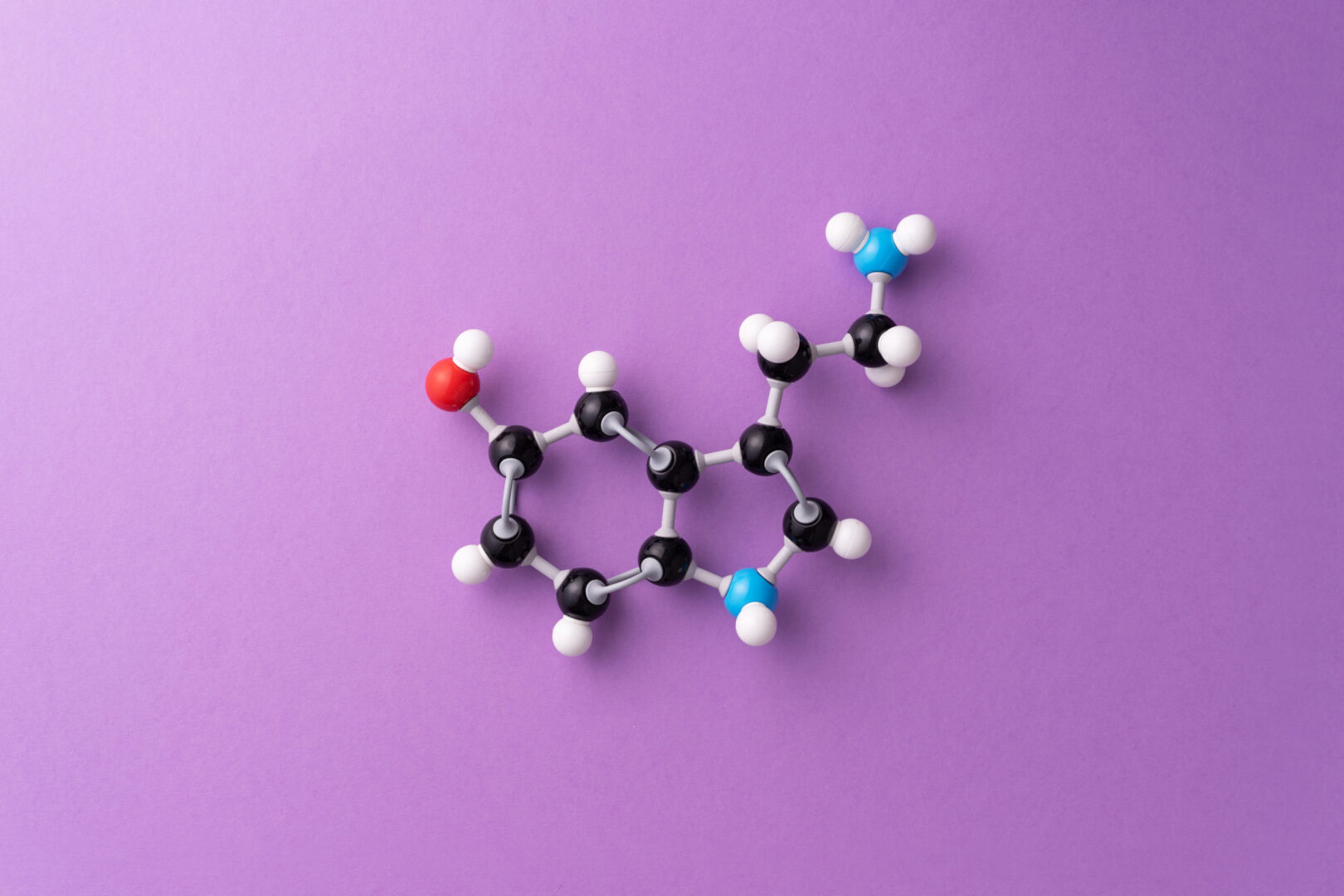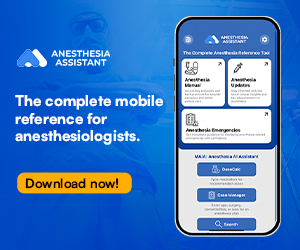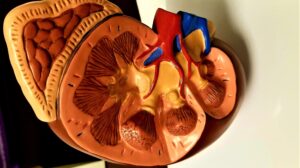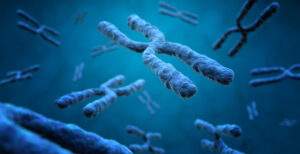Learning objectives
- Describe the wide variety of signs and symptoms of serotonin syndrome (SS)
- Management of a patient with SS
Definition and mechanisms
- The serotonin syndrome (SS) is a potentially life-threatening drug interaction caused by excessive serotoninergic activity in the CNS
- Can arise from therapeutic drug use, drug interactions, or intentional overdose of medications that affect the serotonergic system, use the mnemonic MAD HOT:
- Myoclonus
- Autonomic instability
- Delirium, Diarrhea
- Hot (fever)
- CNS: seizure, altered LOC
- CVS: tachycardia & HTN, autonomic instability, arrhythmia
- MSK: rigidity, rhabdomyolysis, hyperkalemia & renal failure
- Hyperthermia
- Disseminated intravascular coagulation
- Onset of SS typically occurs all of a sudden within 24-48h of exposure to the triggering agents and usually resolves quickly after the triggering agent is discontinued
- Note that the washout period after discontinuation is highly variable between psychotropic drugs
Signs and symptoms
| Mild | Sweating Fever Agitation Confusion Anxiety Tachycardia Diarrhea Tremors Poor coordination |
| Full-blown | Hyperthermia Shivering Diaphoresis Hypomania Hypervigilance Hypertension Hyperreflexia Clonus Myoclonus |
| Severe | Hyperthermia > 40°C Seizures Coma Rigidity |
Differential diagnosis
| Disease | Medication exposure | Shared clinical features | Distinguishing clinical features |
|---|---|---|---|
| Serotonin Syndrome | Serotonergic medications | Hypertension | Clonus Hyperreflexia Hyperactive bowel sounds |
| Neuroleptic malignant syndrome | Dopamine antagonists | Tachycardia | No clonus or hyperreflexia Bradykinesia |
| Anticholinergic toxicity | Acetylcholine antagonist | Hyperthermia | No clonus or hyperreflexia Dry skin Absent bowel sounds |
| Malignant hyperthermia | Halogenated anesthetics Succinylcholine | Altered mental status | No clonus or hyperreflexia Extreme muscular rigidity |
Management
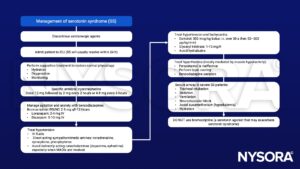
Suggested reading
- Bartakke, A., Corredor, C., Van Rensburg, A., 2020. Serotonin syndrome in the perioperative period. BJA Education 20, 10–17.
- Francescangeli, J., Karamchandani, K., Powell, M., Bonavia, A., 2019. The Serotonin Syndrome: From Molecular Mechanisms to Clinical Practice. International Journal of Molecular Sciences 20, 2288.
- Chinniah, S., French, J.L.H., Levy, D.M., 2008. Serotonin and anaesthesia. Continuing Education in Anaesthesia Critical Care & Pain 8, 43–45.
We would love to hear from you. If you should detect any errors, email us [email protected]
